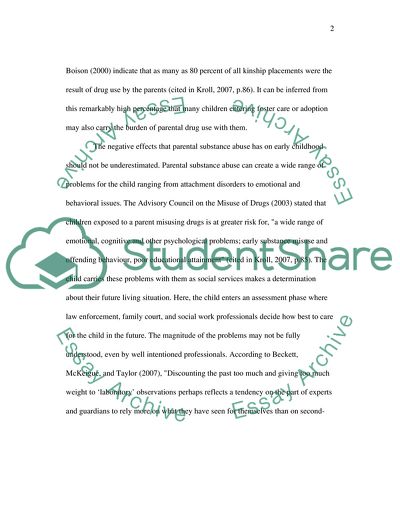Cite this document
(The Goal of the Social System for a Child Literature review, n.d.)
The Goal of the Social System for a Child Literature review. Retrieved from https://studentshare.org/social-science/1713182-theory-and-explanation-in-child-welfare-education-and-looked-after-children
The Goal of the Social System for a Child Literature review. Retrieved from https://studentshare.org/social-science/1713182-theory-and-explanation-in-child-welfare-education-and-looked-after-children
(The Goal of the Social System for a Child Literature Review)
The Goal of the Social System for a Child Literature Review. https://studentshare.org/social-science/1713182-theory-and-explanation-in-child-welfare-education-and-looked-after-children.
The Goal of the Social System for a Child Literature Review. https://studentshare.org/social-science/1713182-theory-and-explanation-in-child-welfare-education-and-looked-after-children.
“The Goal of the Social System for a Child Literature Review”. https://studentshare.org/social-science/1713182-theory-and-explanation-in-child-welfare-education-and-looked-after-children.


